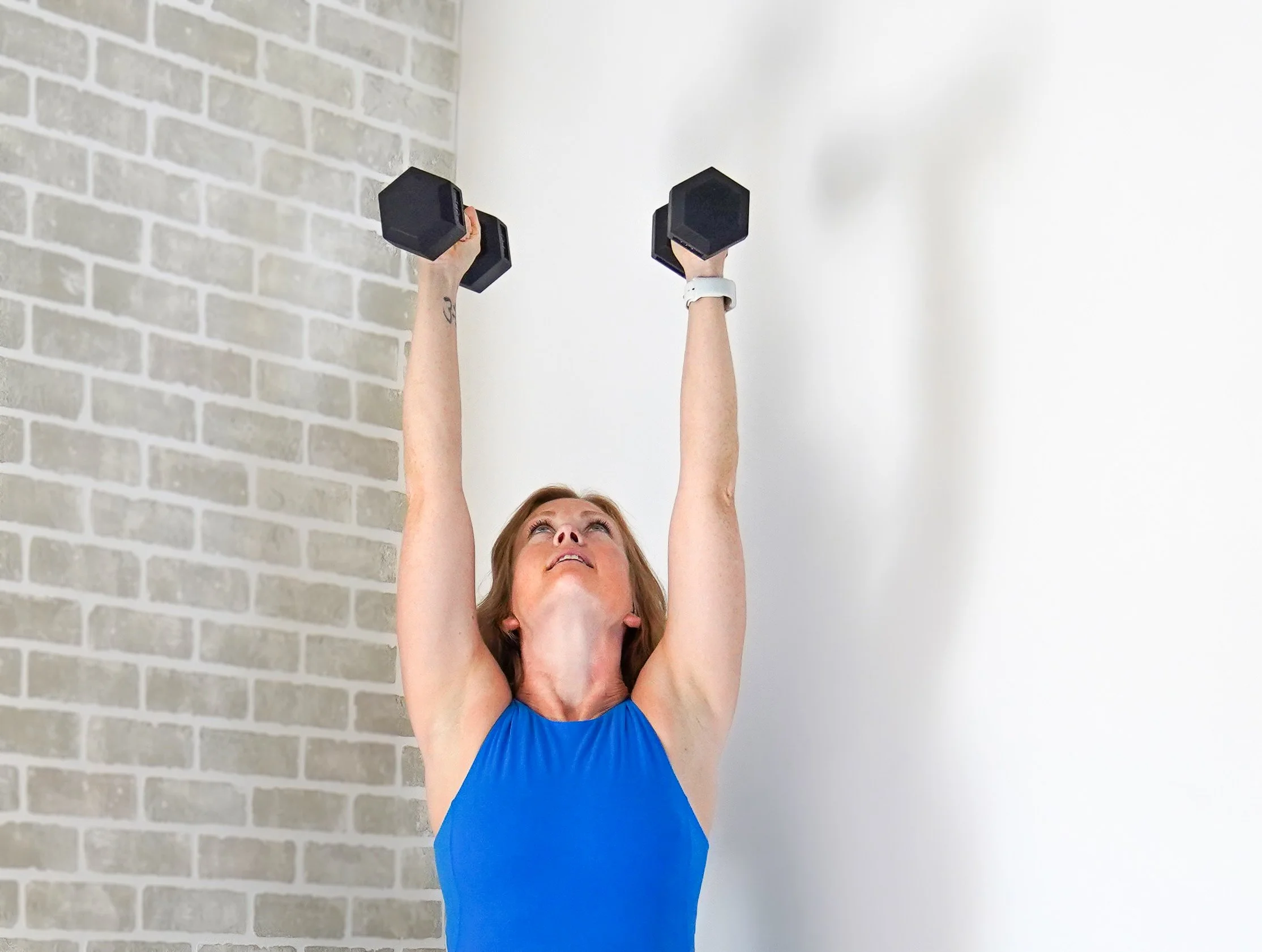Yesterday one of my favourite instagram accounts made a post about fitness for menopausal women, the woman who runs the account is not quite 30 (but she does have a phd in exercise science & specializes in menopause).
Another one of my favourite accounts about menopause run by a woman in her 50’s made the observation “ya, sure… come back & talk to me when you are in your 50’s”.
Now let me just reiterate, I absolutely respect the work both of these women are doing because they are empowering all women to make intelligent choices for their health & wellness throughout the menopause transition.
I have been teaching movement to people 20-30 years older than me since I was in my late 20’s & I recognize that I had no idea what 50 was going to feel like at 28 in the same way that I have no idea what 75 is going to feel like right now.
The intent of the original poster was that the things we need to do to be strong, move well & have above average cardiovascular health are always the same no matter what our age & she was making this point because middle aged women are often being sold expensive interventions that are wholly unnecessary & possibly even harmful.
I think the disconnect shows up when there isn’t much nuance.
A lot of 50 something women haven’t jumped in decades & have never picked up a weight over 5 lbs. in their lives. I know this because at 44 I was one of those women.
Weight lifting came pretty easy because it is slow & mindful & I get to take lots of rests. But holy moly trying to add speed & plyometrics hurt!!!! & actually ended up causing injury.
Does that mean it’s bad for me. Maybe? Definitely when introduced with too much too soon.
One of the most helpful things I have learned is that fitness is a life long endeavour & should always be approached in terms of years & decades.
When I think of it that way it’s easy to scale waaaaaaay back on movements that feel impossible or dangerous. I can stay curious, I can take breaks, I can take one step forward & two steps back over & over again.
I can experiment with different ways to get similar outcomes.
For instance, if jumping on the ground feels impossible something like a rebounder might make it more accessible. Or I can practice something like a heel drop that is much lower load while I build up the capacity for more.
& in the end I can also choose to leave some movements in my youth.
But I think we are doing ourselves a disservice dismissing young people because they don’t know what it feels like to be our age & only learning from elders because we risk being limited by their limitations.
Stay curious, be optimistic, you never really know what you are capable of if you never try & fail & try again.



